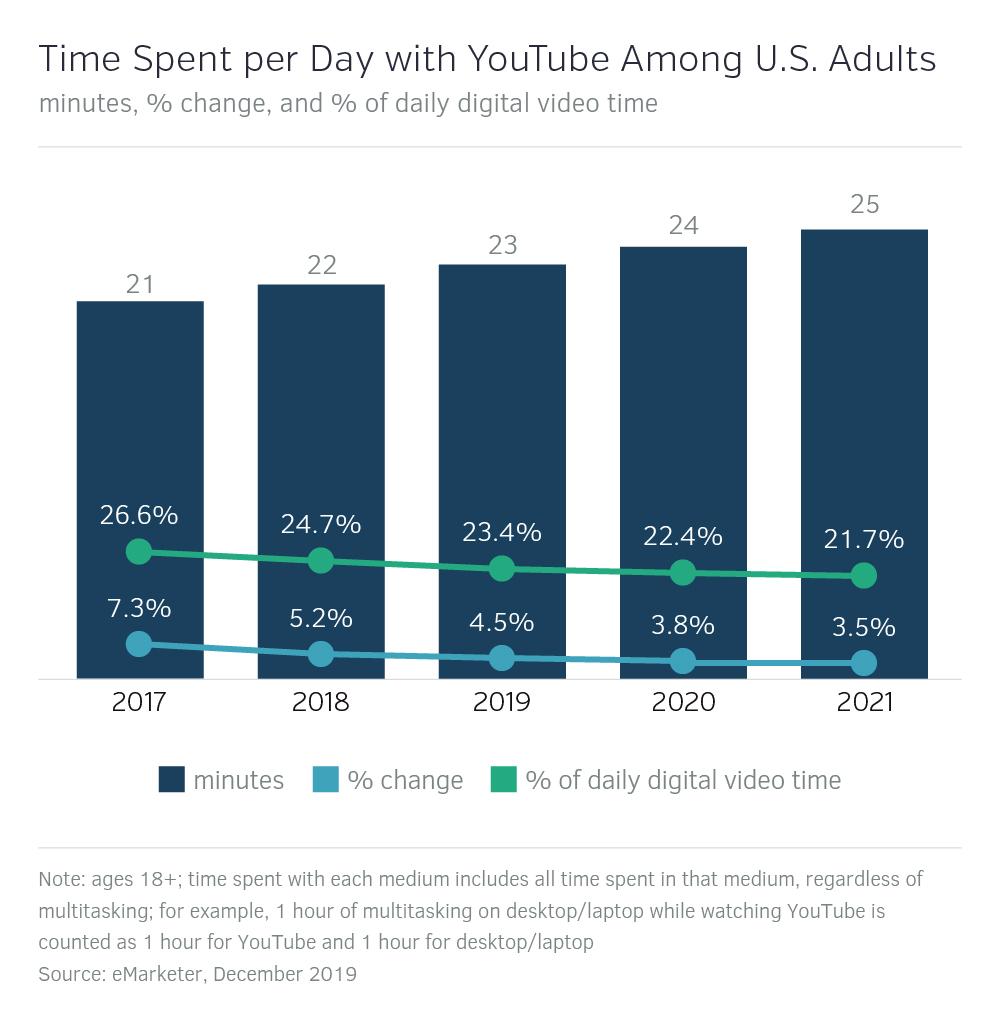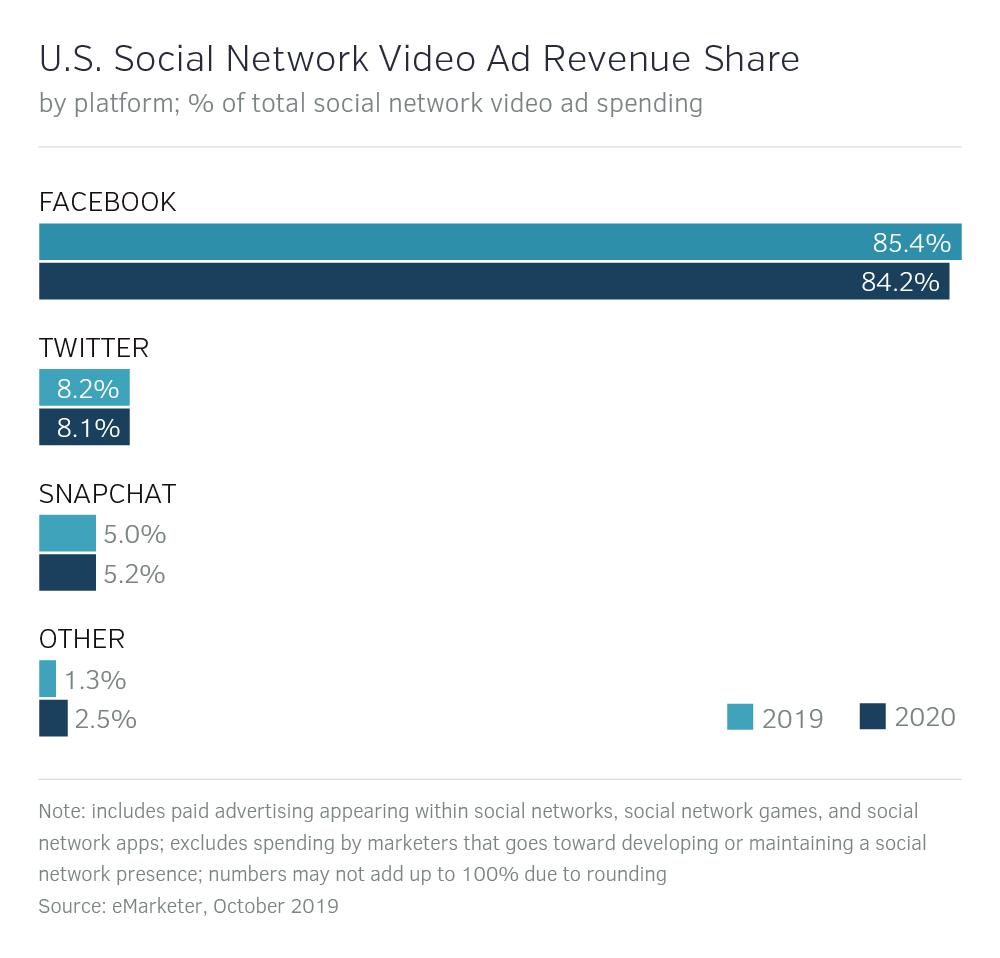2020 promises to be an impactful year as we head into what could be an unprecedented election cycle. No matter what you think of the candidates, one thing is very clear: This is going to be a critically important year for advertisers.
Indeed, many advertisers are already grappling with the critical question of how they can best allocate their ad dollars, particularly in a year that will see premium advertising inventory more competitive than ever before. One particular question that advertisers are wrestling with is whether they should move their broadcast TV budget to OTT (Over the Top) advertising; that is, to digital streaming platforms that play over devices like Roku or Apple TV.
The enCOMPASS team advises extreme caution with this approach for a number of reasons. For one thing, there is a lot hype right now regarding the explosion of OTT, however what is not usually mentioned when OTT stats are provided is that platforms like Netflix and Disney+ account for a large majority of OTT’s growth, yet they do not allow any advertising. This means that your OTT ads are running on TV station apps, Hulu, and a number of other apps that do not have a large reach. By putting all your eggs in the OTT basket, your frequency of messaging to the same people over and over again will be tremendous, but your reach will not meet the minimal requirements to move the needle for your business.
Does that mean we’re opposed to OTT ads? Not at all; we think OTT has merit, and we’re comfortable recommending the OTT approach as part of a larger strategy. What we’re opposed to is sinking all of your ad dollars into OTT or making that the central component of your video advertising plan.
In 2020, OTT should not be where you place the majority of your video advertising dollars, especially those you are moving out of broadcast and cable to combat the impact that the political ads will have on this space. On average, we recommend placing no more than 10-20 percent of your total video dollars into OTT.
So What’s the Solution?
Some specific considerations we’d offer include:
- Don’t pay the lowest price for your broadcast and cable ads. Buying this way all but guarantees your ads will be preempted.
- Negotiate with your TV and cable reps that any spots preempted must be refunded. And, avoid arrangements which will present your ads in programming you did not purchase.
- Construct a strategic multi-tactic approach to your video advertising and move a portion of your broadcast and cable buys to a combination of Advanced TV (including OTT), Pre-Roll, YouTube, and Facebook.
Let’s talk about the last of these recommendations and why it is important not to put all of your eggs in the OTT basket right now:
YouTube
The stats don’t lie. An astonishing 84.2 percent of all U.S. video viewers watch content on YouTube. That’s not a typo; even in the bygone era where we only had four broadcast TV networks to choose from, 84.2 percent viewership would have been considered a robust achievement. We’ll also note that, in 2019, 23.4 percent of all time spent viewing video content was on YouTube. The point is, you can’t have a comprehensive approach to video advertising without taking YouTube into account.

Also consider that 70 percent of YouTube watch time comes from mobile devices, according to self-reported YouTube data. This may not seem relevant at first glance, but we consider this to be a very important factor in how we approach our clients’ video plans. Consider a study that showed only 21 percent of all TV ads are actually viewed (not skipped over, fast forwarded, etc.). This means that the other 79 percent of the time, people are ignoring the ad to go to the bathroom, talk to the person next to them, or grab their mobile device and log into their social media accounts. This is because they are not engaged with the ads.
But if we serve video ads to our target audience on the user’s mobile device, then they have no choice but to engage with the ad. Certainly, it is unlikely they have another phone in their pocket to “play” on while the ad is playing on YouTube, and if they get up to go to the bathroom you better believe their phone (and your ad) is going with them. This engaged user experience is one of the major benefits to including YouTube in your digital video strategy.
Programmatic Pre-Roll/Mid-Roll (PR/MR)
Programmatic Pre-Roll and Mid Roll (PR/MR) has many of the same benefits of YouTube, allowing us to deliver ads on mobile devices, thus engaging the consumer at a higher level. Additionally, since this space is purchased programmatically it delivers an incredibly targeted message directly to people who are more likely to be in the market for the advertised products and services. According to eMarketer, in 2020, U.S. marketers will spend $27.23 billion on programmatic video, which will account for 47.5 percent of all U.S. programmatic digital display ad spending.
If you don’t have an intelligent programmatic pre-roll/mid-roll video strategy as part of your 2020 plans, it’s time to consider taking the plunge.
It’s easy to think of Facebook as nothing more than a social network, but in recent years it’s grown into a significant video display platform. The fact is that when considering social media channels, Facebook dominates as it relates to revenue from video advertising, accounting for 85 percent of all social network video ad revenue (see chart below).

Many online retailers use Facebook video advertising exclusively, often with highly successful results. And even though Facebook’s targeting seems to be revamped every day due to their ongoing issues with privacy concerns, it still uses robust first party data and allows advertisers to finely hone their message delivery.
A Successful Approach for TV Buying for 2020
In 2020, political campaigns are going to be a disruptive influence to the ad buying industry. Fortunately, there are plenty of places where advertisers can turn to get a solid return on their investments. It’s critical to remember, though, that OTT is not the answer in and of itself; rather, it’s one piece in the puzzle, one of several necessary strands in a multi-faceted approach.
enCOMPASS is a leader in digital advertising. While other companies are playing catch-up in understanding the digital landscape – especially during this election year when TV budgets will be impacted – we have been implementing successful strategies and campaigns for our clients across all digital mediums for years. We have stayed ahead of the curve on best practices, and we understand the complexity of how it all works together. We LOVE all things digital marketing – the data – the targeting – the results and we would love to use our expertise to help you strategize for a successful 2020 for your business!
To schedule a consultation with enCOMPASS, reach out at any time.
SHARE THIS ARTICLE:



